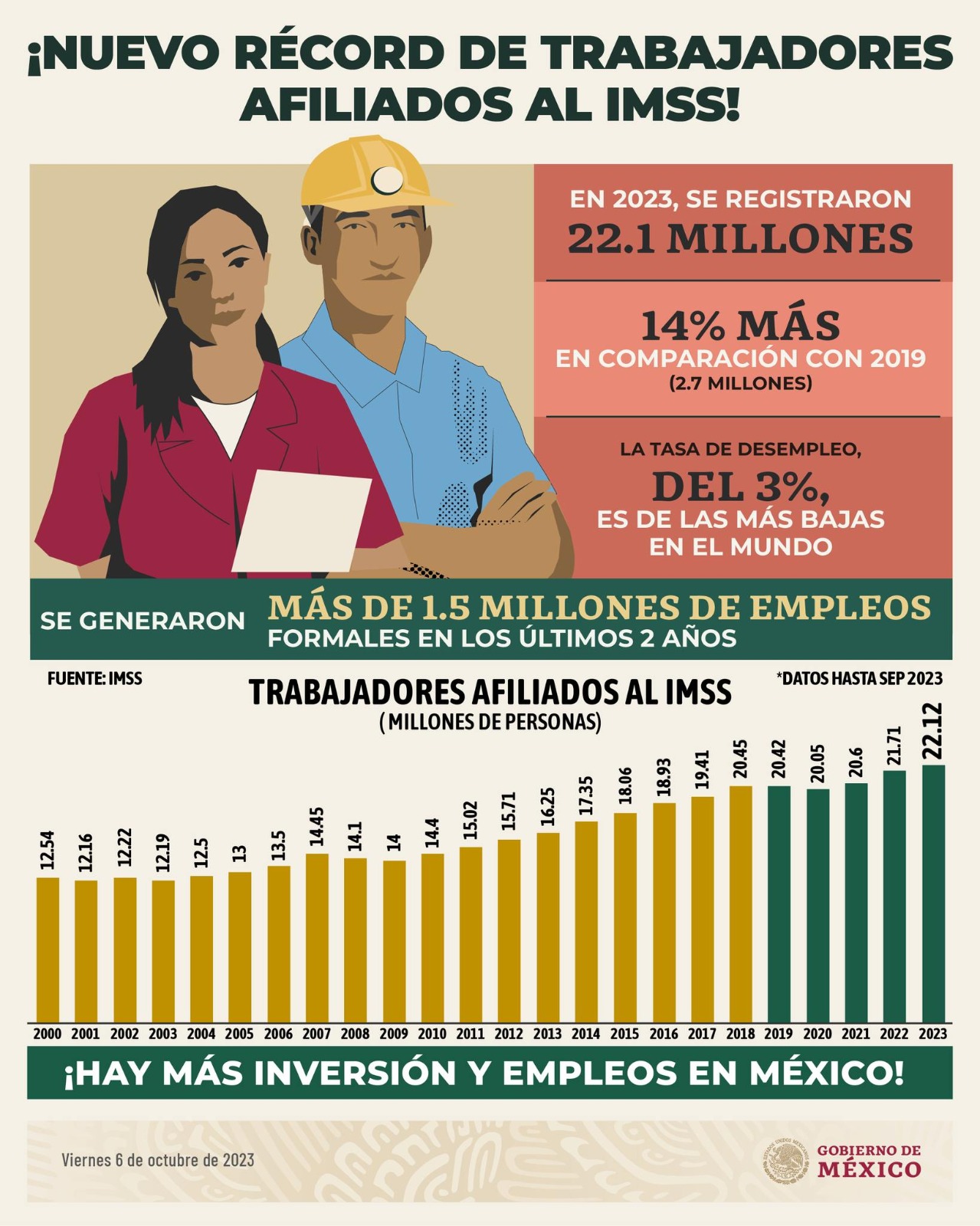
Over the last several years, artists, record labels and streaming services have been doubling down on one of the longtime staples of the music, and particularly live music, business: merch. And there’s good reason for that: As Spotify’s global head of music, Jeremy Erlich, tells Billboard, the company estimates that the music merch business is worth around $8 billion globally. And with streaming now far and away the dominant form of music consumption, merchandise has increasingly become the go-to way to express fandom at a time when purchasing music has become a decidedly niche activity.
In recent months, Amazon Music has been doubling down on its merch efforts, partnering with the likes of Beyoncé, Mariah Carey, Rauw Alejandro and Doja Cat on exclusive merch related to tours (and, in Carey’s case, the year-end holidays). Over the past month, Spotify has also expanded deeper into the merch business — both with a new, dedicated hub for artist merch, which it announced earlier this year, and a new capsule collection that debuted in the past few weeks featuring exclusive one-off drops by the likes of Peso Pluma, Rosalía, Daft Punk, Tyler, the Creator and Tems.
This marks the latest foray into the merch space for streaming market leader Spotify, which has offered artists various ways to promote their own merchandise on their artist pages for several years via partnerships with Merchbar and Shopify. The capsule collections, which are being white-labeled through a partnership with Sony-owned merch company Ceremony of Roses, represent the latest evolution of the Spotify strategy: Erlich tells Billboard they’re “part of a pyramid of merch offers and services that we can provide for artists and fans,” aligning with the company’s stated goal of helping artists make a living from their work.
“Now that we have the merch hub, there’s a destination for people to go [to], and what we’re testing out now is the ability to create unique pieces for the fans and super fans, which have elements of streetwear culture with drops and limited quantities and more ways for people to feel they’re getting a unique experience and a unique product,” Erlich says. “This is step two of a multi-step journey; it’s a pretty limited drop with only five artists, limited quantities, but it’s also helping us really learn the best ways to partner with artists, but also the best ways to contact our users and help them enjoy this.”
The capsule collection was intentionally limited to five artists, all of whom (with the exception of Pluma) had a pre-existing relationship with Ceremony of Roses. That allowed Spotify to test-drive the new feature in a limited capacity with a collection of artists who have a distinct image and track record in the fashion-merch world. Spotify is also using its Fans First tech to drive the drops, which allows an artist’s biggest fans, in terms of listening engagement, first dibs at the exclusive collections — a tactic the company has employed with ticket offerings and other exclusives in the past. Erlich says the company is trying to establish how to use, but not over-use, the Fans First feature “to find out what works in what ways.”
The collections were jointly designed through a collaborative partnership between the artists, Spotify and Ceremony of Roses, the latter of which handled the logistics of production and shipping. As Ehrlich noted, they’re also tapping into the rarities and exclusives elements of streetwear culture, which he acknowledges is “not necessarily native to what Spotify does normally.” It’s what he sees as part of the learning process as Spotify continues to deepen its forays into the merch space.
“Our plan is to go do this again in Q1 with another set of artists, maybe in a more fashion-facing line, and we’ll have learned a lot by then,” Ehrlich says. “It’ll become our primary method to drop exclusive merch throughout 2024 while we find ways to integrate commerce better in-platform. In 2025, hopefully, you’ll see much more integrated and seamless commerce on-platform around merch. And from the moment that we do that, then we can turbocharge the scale with which we do it.”
For Spotify, the merch space offers an additional revenue stream for both artists and itself, as it builds on the back of its first quarterly profit in over a year in Q3, as price hikes and user growth helped tip it into the black. Adding more integration into its sales offerings — ironic as it is for a company that is so associated with helping the music business move on from a music sales model — is what Erlich sees as the present and future of the hybrid model.
“Whether it’s tickets, concerts, physical goods, fans want to express fandom in different ways and that’s a great thing. And the ability to use our streaming platform and data to identify fandom and be much more targeted in what you’re offering is the competitive advantage that we have given our scale and knowledge,” he says. “So I’m excited for us to do more a la carte, but it’s around this expression of fandom rather than access to music.”




